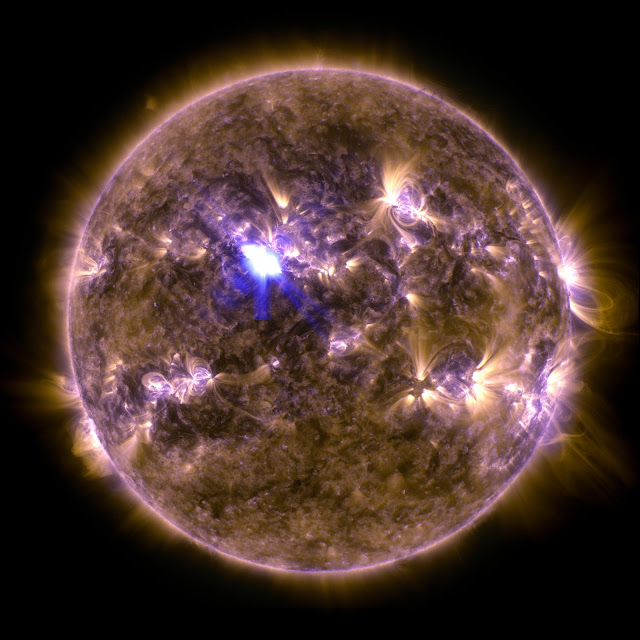A new era in space flight began on April 12, 1981, when Space Shuttle Columbia, or STS-1, soared into orbit from NASA's Kennedy Space Center in Florida.
Astronaut John Young, a veteran of four previous spaceflights including a walk on the moon in 1972, commanded the mission. Navy test pilot Bob Crippen piloted the mission and would go on to command three future shuttle missions. The shuttle was humankind's first re-usable spacecraft. The orbiter would launch like a rocket and land like a plane. The two solid rocket boosters that helped push them into space would also be re-used, after being recovered in the ocean. Only the massive external fuel tank would burn up as it fell back to Earth. It was all known as the Space Transportation System.
Twenty years prior to the historic launch, on April 12, 1961, the era of human spaceflight began when Russian Cosmonaut Yuri Gagarin became the first human to orbit the Earth in his Vostock I spacecraft. The flight lasted 108 minutes.
Pictured here: a timed exposure of STS-1, at Launch Pad A, Complex 39, turns the space vehicle and support facilities into a night- time fantasy of light. Structures to the left of the shuttle are the fixed and the rotating service structure.
Image Credit: NASA
Explanation from: http://www.nasa.gov/multimedia/imagegallery/image_feature_2488.html












